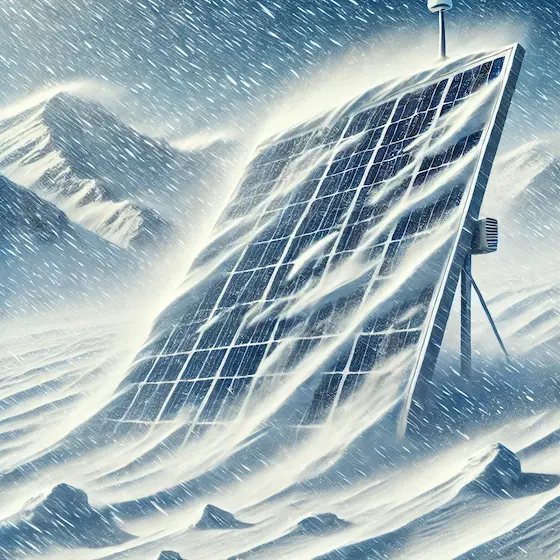A balanced build-out of renewables, focusing on solar and wind. Green gas as winter-backup
Balanced Renewables Mix
A diverse range of renewable technologies, with a focus on securing domestic winter supply.
Alpine Solar and Wind in Winter
Alpine solar and wind bolster energy generation, especially in winter.
Harnessing Solar Power
Expanding ground and rooftop solar to meet a growing share of energy demand.
Sustaining Hydropower
Hydropower remains crucial for flexibility and reliability.
New Consumers Drive Demand
Electromobility, hydrogen, and heat pumps are increasing demand more than efficiency efforts can offset.
Gas secures supply in Winter
Gas, including hydrogen, replaces nuclear in winter after decommissioning
Energy Mix Winter
Production
Demand
Production
2025
Total generation 32.5 TWh
2050
Total generation 44.2 TWh
Demand
2025
Total demand 36.1 TWh
2050
Total demand 45.4 TWh
2050 Winter
Transition Winter
The energy mix as we transition to 2050
Demand
Import
Import atget exceeded
PV
Wind
Hydro
Biomass
Gas
Geothermal
Nuclear
Fossil
2025 Winter
TWh
Demand
36.1
Generation
32.4
Deficit
--
Import 3.6
Import
3.6
Import atget exceeded
--
Generation
32.4
Storage reserve used
--
PV 3
PV Roof
2.9
PV Alpine
0.1
PV Ground
--
Wind
0.1
Hydro 15.1
Run-of-River
6.3
Storage
8.8
Biomass 1.1
Biomass
1.1
CCS Biomass
--
Gas --
Market-Gas
--
Reserve gas power plants
--
Geothermal
--
Nuclear 12.2
Nuclear
12.2
New nuclear
--
Fossil 0.9
Existing fossil fuel power plants
0.9
CCS Fossil Fuels
--
Hard coal
--
Challenges
Import target exceeded
The energy law sets a non-binding 5 TWh import target, which will be exceeded in 2033 - 2040.
Import Dependency
Import needs after nuclear decomissioning require neighbor surplus and EU agreement
Public Opposition
Public may oppose new infrastructure (wind, alpine solar) due to landscape concerns
Weather Dependency
System gets more and more weather-dependent with wind, solar and hydro
Reliable Backup Needed
Backup, e.g. gas or nuclear may be required when imports are limited and renewables fall short
How Resilient Is This Scenario? Put It to the Test!
The scenario above assumes normal weather and stable energy imports, but what happens when extreme conditions hit? A harsh winter or import limitations from the EU could impact production, increase demand, and even lead to power shortages. Stress-test your scenario under these challenging conditions and see how it holds up in the face of real-world uncertainties.

Costs
Total Costs, Revenues and Subsidies in CHF until 2050.
Total production costs
242 billion
Accumulated until 2050
Revenues
218 billion
Assuming an average power price of 75 CHF/MWn
Subsidies required
37 billion
Remaining costs not covered by revenues
Average cost
8.6 billion / year
The annual average of the total cost, 8.6 bn CHF per year, is less than 2% of the (estimated) Swiss GDP in 2024 (825 bn. CHF).
Levelized cost
We use Levelized costs of electricity (LCOE). Future costs may rise as cheaper plants are replaced. High demand and costly technologies like rooftop PV can further increase costs. See Expert Mode for details on technology costs.
2020s
2030s
2040s
Levelized cost (LCOE) ⌀ CHF/MWh
About the scenario developer

Axpo
Axpo is Switzerland's largest power producer and an international leader in energy trading as well as in the marketing of solar and wind power. Around 7,000 employees combine experience and expertise with a passion for innovation and the pursuit of ever better solutions. The “Renewables” scenario is one of several official scenarios from Axpo for a renewable energy future for Switzerland.
Want to know more about this scenario?
Explore detailed energy data, customize generation parameters, and create your own energy
scenario with the expert mode
Show in expert mode We want your feedback!
We’re excited to be taking Power Switcher in a new direction and would love your feedback! Let us know what’s working and where we can improve, every suggestion helps us make the tool better for you.
Share feedback Got questions about the Power Switcher or the Scenarios?
Contact us on [email protected]
Contact us on [email protected]
Methodology reviewed by ETH Zürich